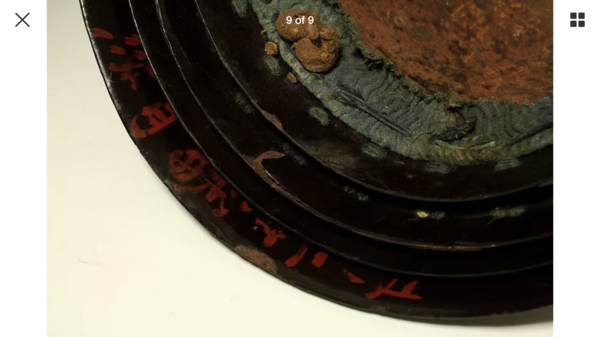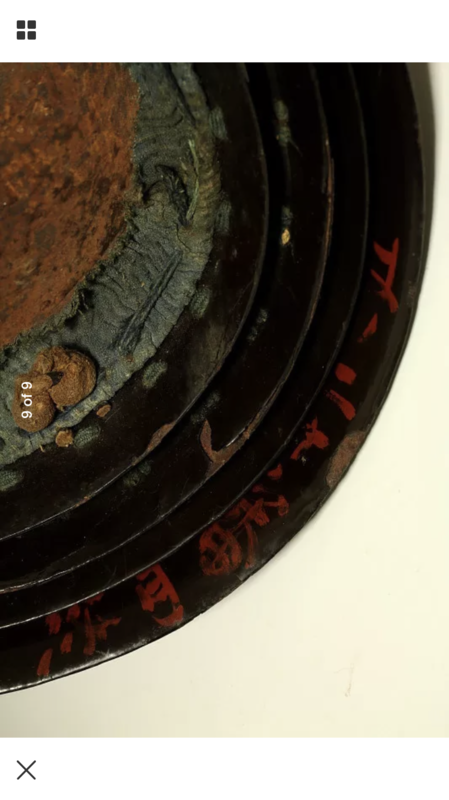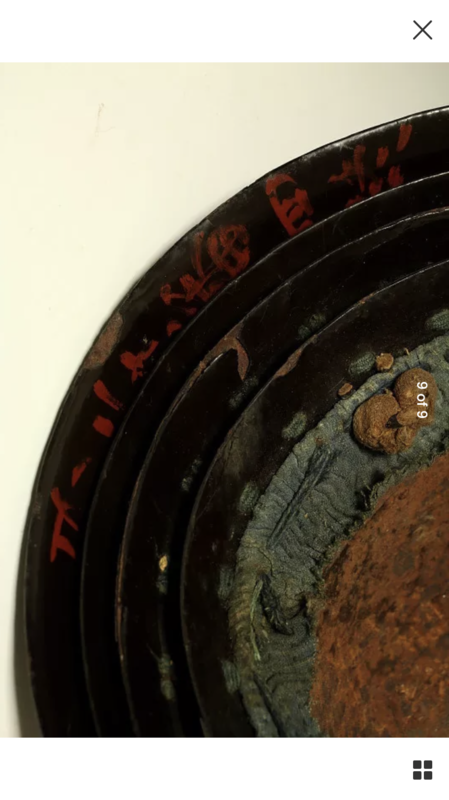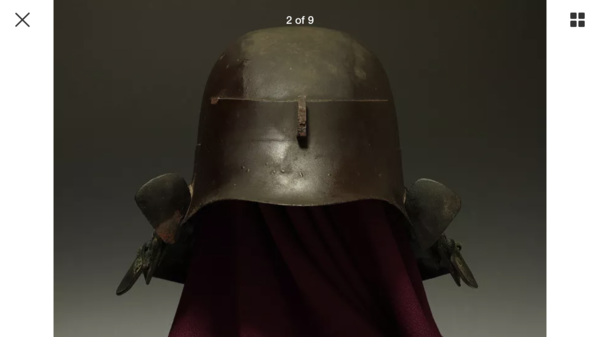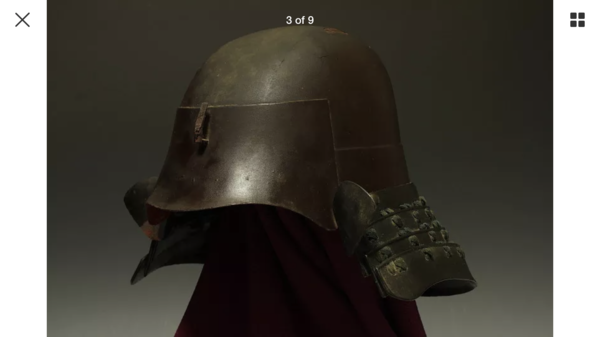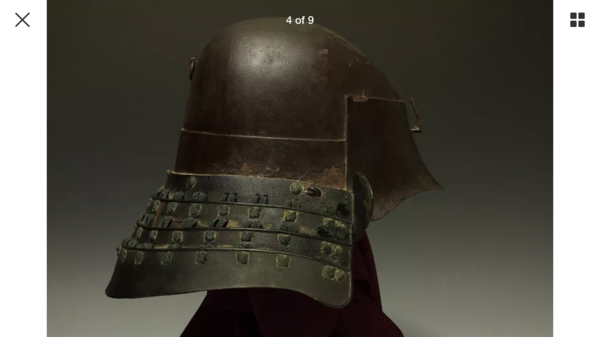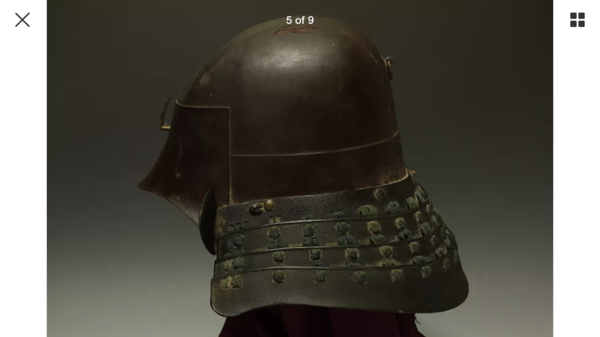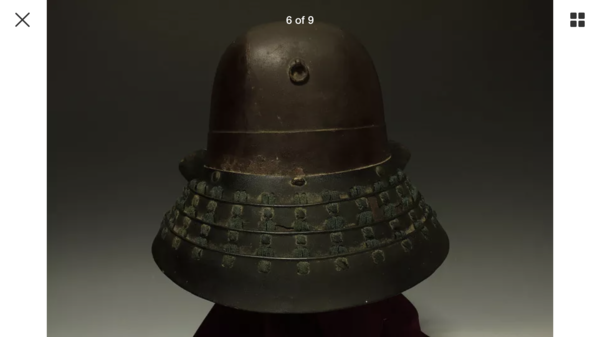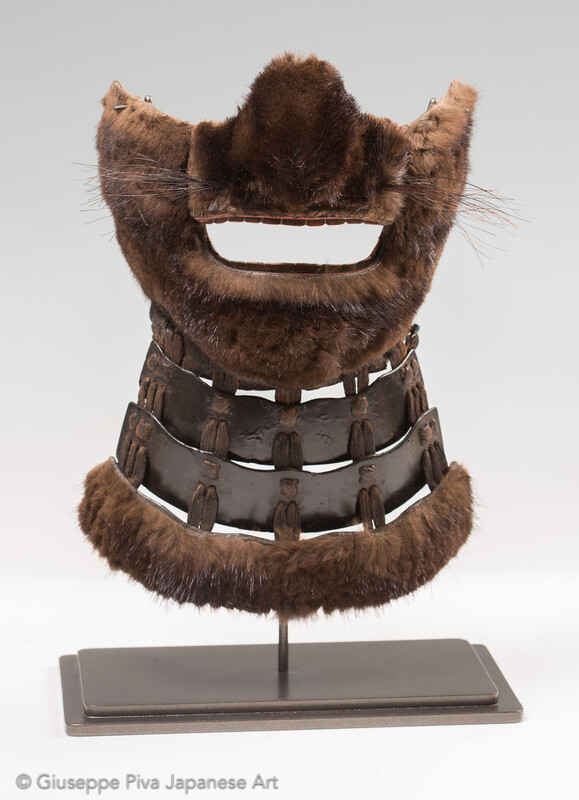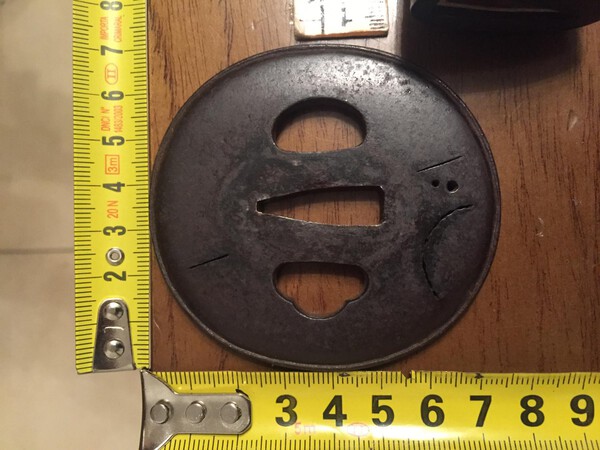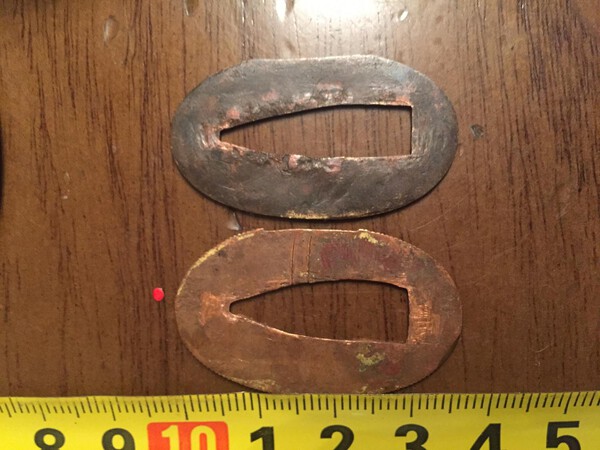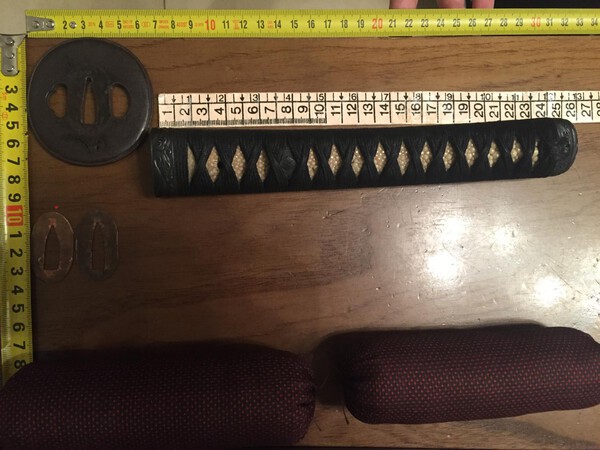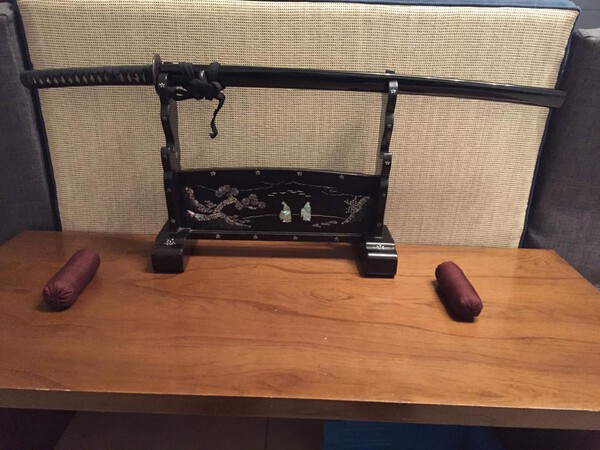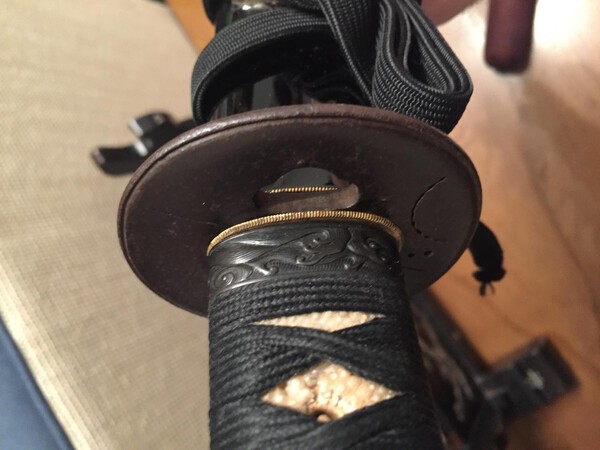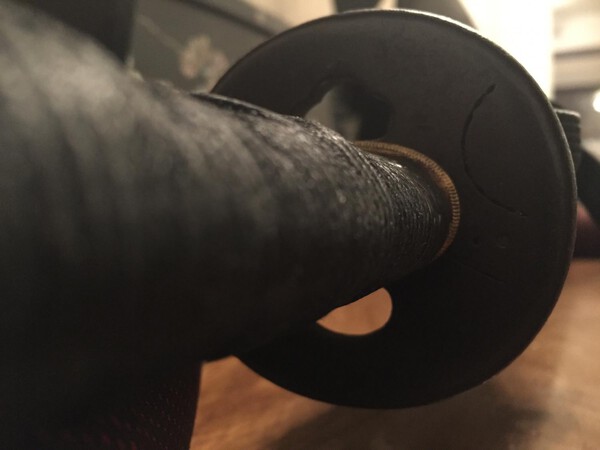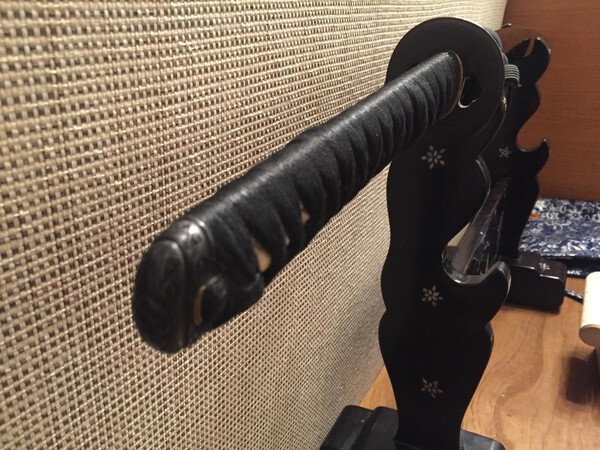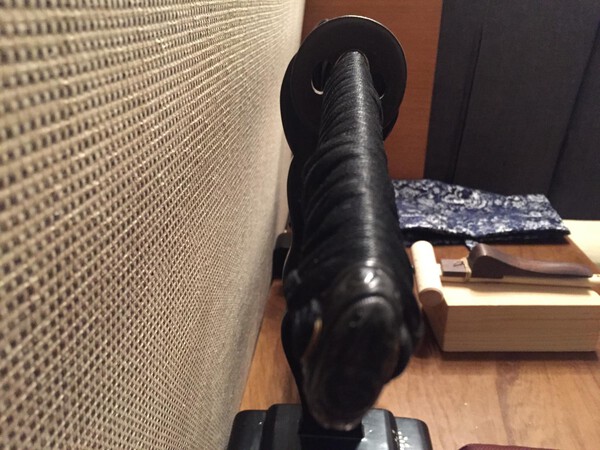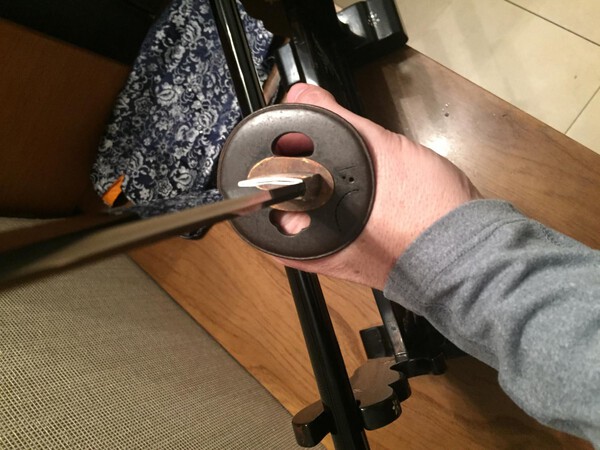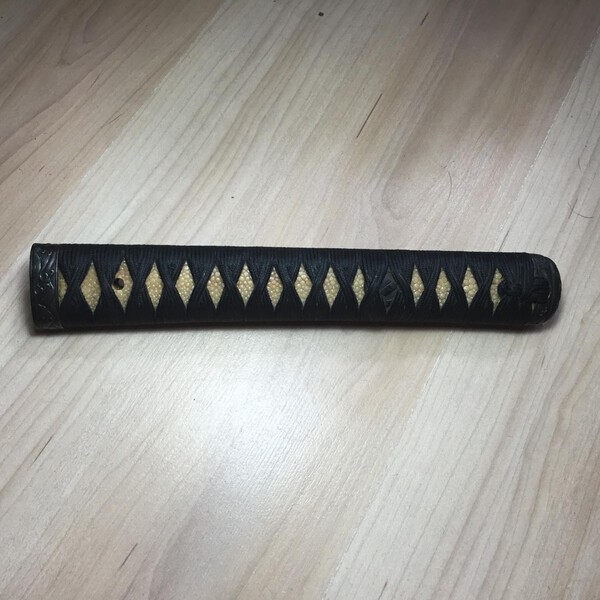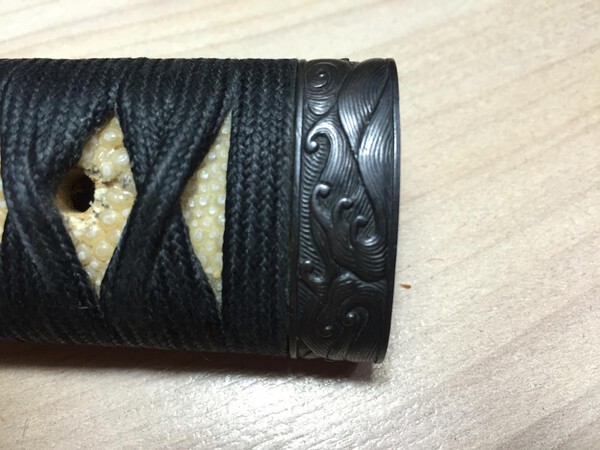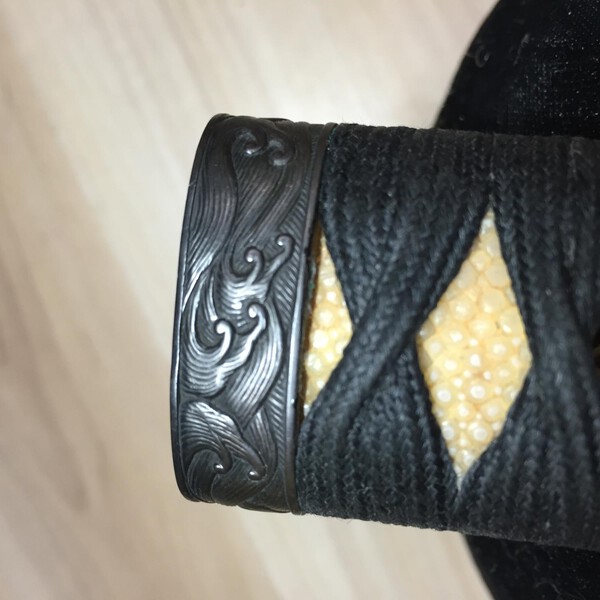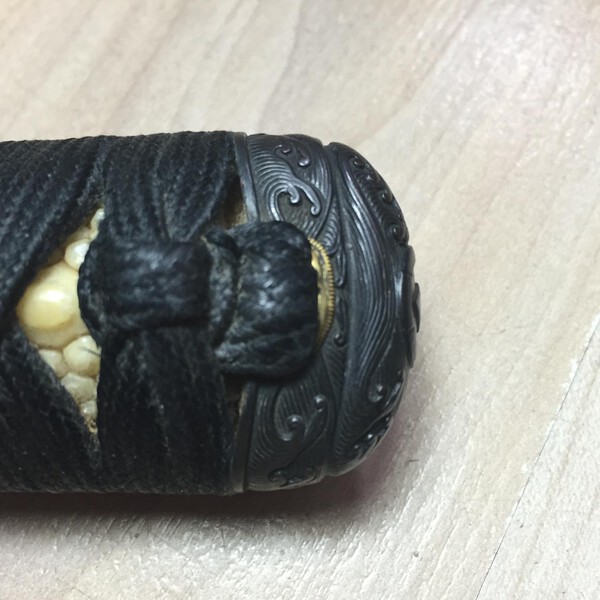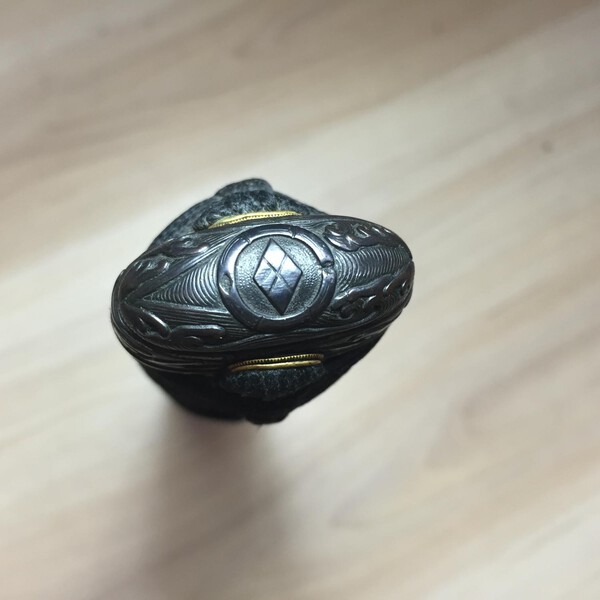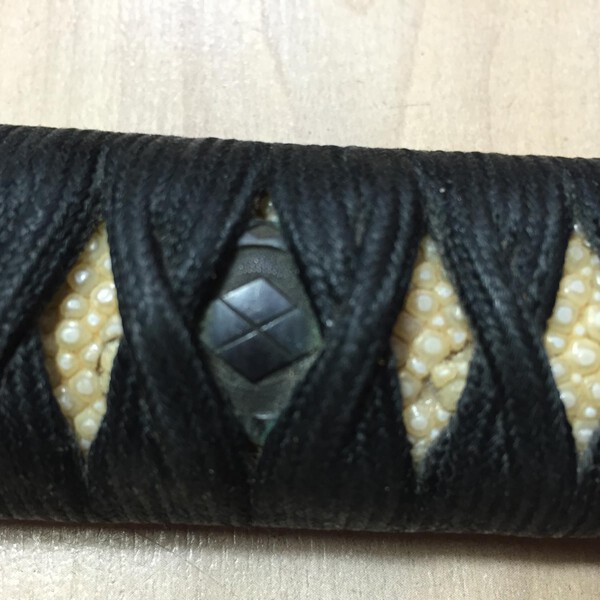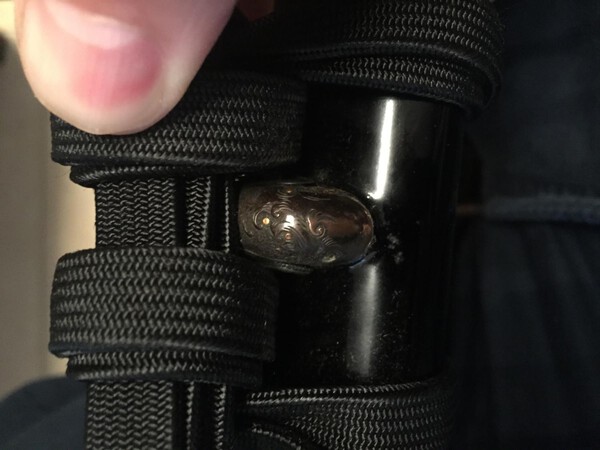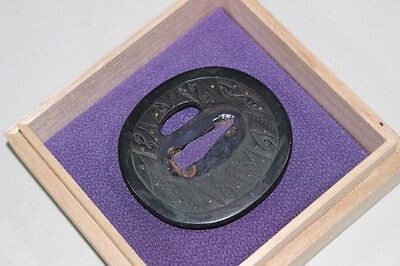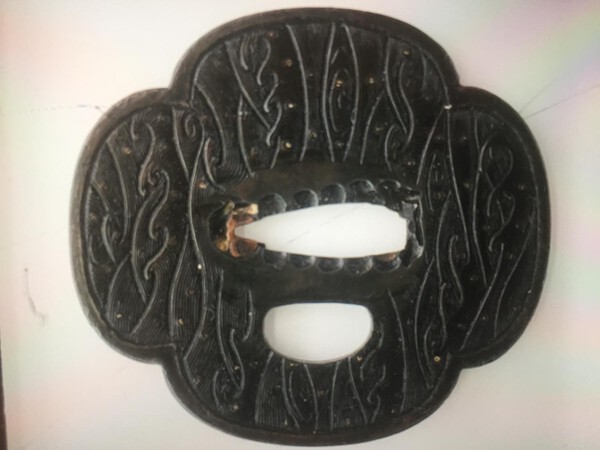-
Posts
77 -
Joined
-
Last visited
-
Days Won
2
Content Type
Profiles
Forums
Events
Store
Downloads
Gallery
Everything posted by javier
-

Darcy Brockbank
javier replied to Ted Tenold's topic in Sword Shows, Events, Community News and Legislation Issues
Very sad news. My condolences to his beloved ones. I learned a lot from all his contributions, he was very generous sharing all his knowledge and amazing high class pieces in superb pictures. 😔 -
Hi All the blades that I bought in the past in Japan were shipped to US without any issues. Could you please let me know if there are any restrictions for blades shipped from Japan to a hotel in London or Paris ? Thanks in advance Javier
-
Hi! Following the previous discussions about the protective capabilities of the different Kabuto types I found this interesting article from the Royal Society of Chemistry. The article describes the results of a non invasive study of the metallurgical properties and phase composition performed on a hari bachi Haruta kabuto signed by "Haruta Yoshihisa Saku". This kabuto was formerly part of the H Rusell Robinson Collection. Javier kabuto composition.pdf
-
Hi Last week looking for some some books in an old book store in Buenos Aires y came across with an argentinian pocket book called "El Sable Japonés" in english "The Japanese saber" in spanish language. This book was printed and published in 1960 in Buenos Aires and the author was Dr. Ernesto Herzfeld. According to the text at that date (1960) Dr. Ernesto Herzfeld was already collecting and studing Japanese swords for more than 40 years and also mentions that this book is a brief of another book by the same author titled “Las Armas del Japón Feudal”, “The Weapons from Feudal Japan”. That was a big surprise for me since I didn´t knew that there were local nihonto collectors and scholars in Argentina since 1920 and that they were authors of books in local language. My biggest surprise was when I learned from the book pictures about Dr. Herzfeld´s interesting collection: Among others -Soshu Hiromitsu (1350) – tanto. -Akihiro (1299) - tanto -Hizen Kanehiro (1661) -tanto -Bizen Yukimitzu (1394)- tanto -Daisho with “Buke Tzukuri” mountings – Nagamobu from Musachi. -Sukemure from Suruga (1673) – -Myoju – hamisashi with Goto Ichijo fittings. -Daisho, the wakizashi from Bizen Masatsune (XVII century) and the Katana from Mino Kanemoto (1544) both with Goto Ichijo fittings. -Etchizen Kunitsugo – Tachi. -Efu Tachi -Uda Kunimune- Genuki no Tachi. I wonder if any of the members of the forum had the chance to meet Dr. Ernesto Herzfeld from Argentina. Due to this book I was also able to find another pocket book from argentina also in Spanish language called "Tsuba las guardas del sable japonés" in english “Tsuba the guards of the Japanese saber” that was written by Jean Roger Riviere also in 1960, printed and published in Buenos Aires in 1961, this book includes pictures of tsubas from Dr. Hertzfeld´s collection and to Mr. Ignacio Kaufmann´s collection. It seems that there was an active group of collectors in those days in Buenos Aires. I will appreciate if someone from the forum has any additional information to share about these senior collectors and authors from Argentina. Javier. 1.pdf 2.pdf 3.pdf 4.pdf 5.pdf
- 1 reply
-
- 1
-

-
Hi Malcom Yes you are right, I have also uploaded Yoshindo’s interview in the YouTube Nihonto folder in the Nihonto General Discussion Related section of the forum yesterday. Javier
-
Very interesting interview with Yoshindo Javier
-
Javier
-
Hi Thank you all for sharing all your knowledge! I am glad that this post brought different discussions since each answer and question is a wonderful learning experience for a beginner like me. Thank you Ian for your effort in providing a translation of the inscriptions in the Shikoro! As a history lover I am always fascinated with this kind of additional information that connect us with little pieces of history. The reason why I decided to buy a Zunari Kabuto was because some time ago doing my regular internet research about Katchu, Nihonto and other Japanese antiques I learned about the history of the Ii Naomasa Kabuto in the Royal Armouries Museum https://royalarmouries.org/the-ii-naomasa-kabuto/ I guess that several o the members of the forum are aware of this Kabuto after seen the pictures of that red Zunari I definitely wanted to buy one! That red package (Kabuto+Menpo) is amazing ! By the way my soccer team in Buenos Aires is called the Red Devils ( Club Atletico Independiente ) so it was love at first sight with the li Naomasa Kabuto! Just kidding! I also have a ressei men Menpo so I am planning to buy a Kabuto & mempo stand and spend hours watching the complete set luckily my wife Leticia is a psychologist and she understands people like me! Again thank you all for your generosity in sharing your knowledge! Javier
-
-
Hi Thank you all for your comments and for sharing your knowledge ! The Zunari has some inscriptions in the Shikoro -pictures attached- I will appreciate if someone from the forum can please give me a hand with the explanation of those inscriptions and if possible a translation. Javier
-
Hi A few days ago I bought my first Kabuto this humble Zunari Kabuto. My understanding is that this is a Hineno type since the central plate is under the visor. My begginer guess and "please consider that this is just a guess" is that this piece belongs to the Edo period, but I would like to hear from more experienced members of the forum, any additional explanation will be highly regarded. I am aware that this is not a high quality kabuto but I really like it! And I would like to learn as much as I can from this piece of history. I have been reeding a very interesting old post called "The Zunari Kabuto (Zu nari bachi 頭形鉢) that was initiated by Dave in 2013 in the old forum -Nihon-No-Katchu Samurai Forum- that brought very interesting discussions and information from several collectors and pictures of different Zunari Kabutos. I read from the post that there was a specific book but in Japanese language, I was wondering if there is additional information about Zunari aviable in english language since I am eager to learn more abouth this kabuto type. Javier.-
-
Congratulations Dave! Thank you for sharing your amazing journey ! Well deserved! Javier.-
-
Nice Saya!
-
-
Thank you Brian!
-
Thank you all for your valuable advice! I decided that I am not going to move forward with the tsuba change unless I can try one on the blade before the purchase, however I am interested in the discussion and learning opportunity around this topic that´s why I am providing the addiitonal imformation requested by Franco. Fuchi: 3,7cm x 2cm x 1cm Tsuka including fuchi and Kashira: 24cm Blade Information (from the dealer) Blade length : 64.4 cm or 25.35 inches. Sori : 0.8 cm or 0.31 inches. Mekugi : 3 Width at the hamachi : 2.66 cm or 1.04 inches. Width at the Kissaki : 1.81 cm or 0.71 inches. Kasane : 0.56 cm or 0.22 inches. Koshirae : Tsuba : Round shape iron Tsuba. Fuchikashira : Shakudo, family crest and waves are engraved. Saya : Black Roiro Saya. Menuki : ShakudoKatana in Koshirae (NBTHK Tokubetsu Kicho paper) Javier
-
-
Thank you for your explanation Ken!
-
Wow ...! I have never made the connection between both words too ! In the future I will refer to Hada or Grain Pattern ! @John thank you for your answer! Javier
-
Hi forum colleagues. I was looking forward to learn more about the folding process that leads to the creation of each type of Jihada I have been reading books and I was able to understand how Masame and Itame types are developed. Could someone in the forum please let me know how the following basic patterns are creacted? Ayasugi; Muji and Mokume Please consider that I am not a swordsmith or a chemist engineer I am just trying to reach "basic and low level" information in order to understand the difference in the folding, quenching and hammering process that leads to each of these Jihada types. Javier
-
Thank you all for your valuable answers and wise advice! I was not aware that choosing a difference tsuba for a koshirae was not a plug and play process. Javier
-
Hi colleagues A few years ago I bought a nice Yamato Tegai Katana mounted in a koshirae. The fuchi, kashira and menukis belong to the same design (shakudo, waves and a family mon that from my beginner eye looks similar to the takeda mon) It also has a nice and small iron tsuba that I was looking forward to replace if I find a new one that matchs wih the rest of the fittings. Surfing on the wave I was able to find two tsubas that according to my begginer eye might be in a similar design to the rest of the fittings but I was looking forward to have the opininion of more Knowledgeable colleagues. Both tsubas are in a similar prince range but above that what I am trying to accomplish is to find a tsuba that fits in the period and style of the koshirae. I am attaching pictures of the koshirae and also of the two tsubas from the web. If someone has another candidate please let me know. And finally any information about the koshirae will be highly regarded! Best regards Javier
-

Digital Copies Of 1620 Ono Oshigata Scrolls Available
javier replied to Randy McCall's topic in Nihonto
Thank you Randy ! Please count me in ! Great learning opportunity ! -
Hi Steve, Mark and Bugyotsuji thank you for your answers ! I have been checking the different Kanesada mei in the online swordsmiths index but I I was not able to find Seki Ju Kanesada any help in this regard will be highly appreciated. Javier



